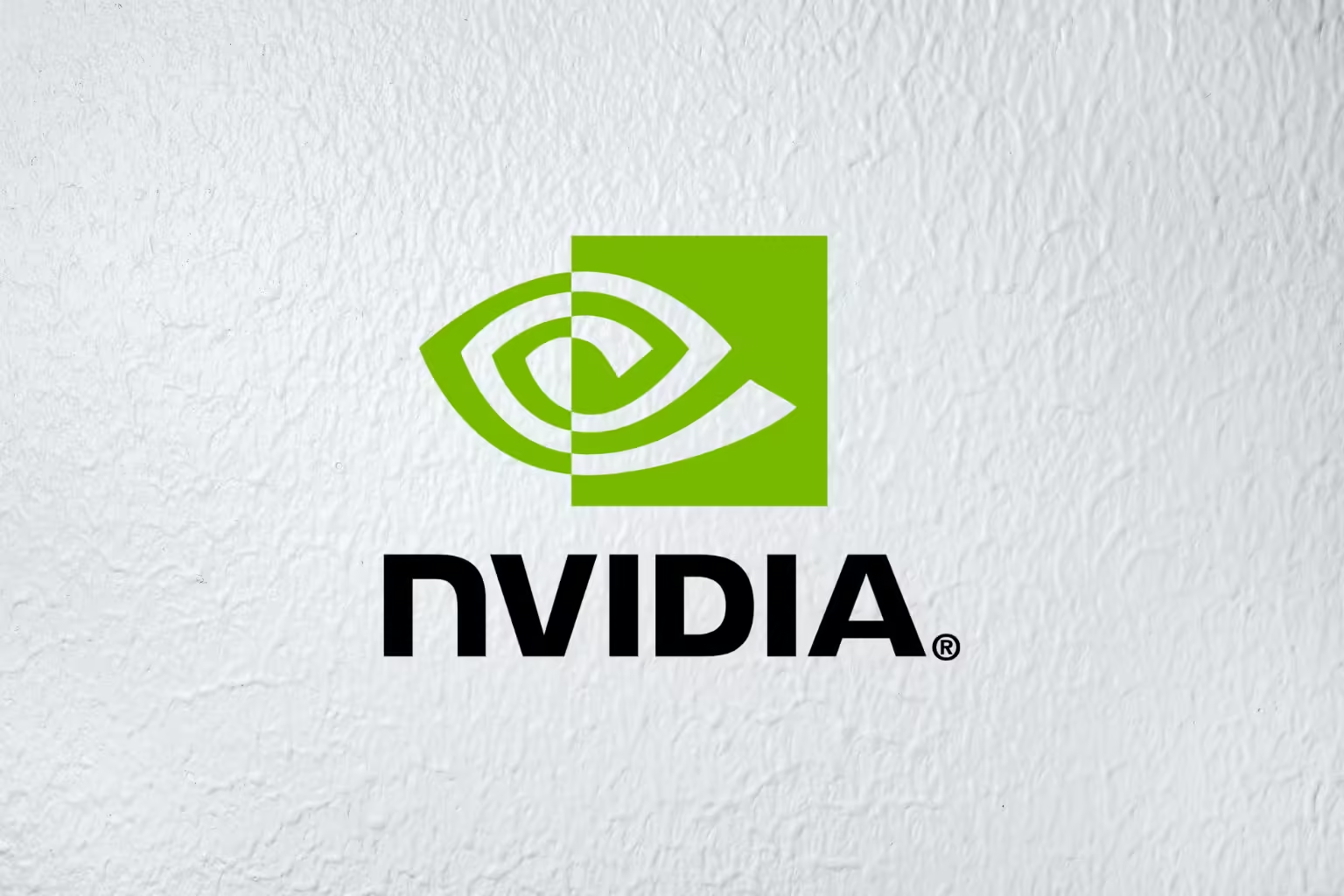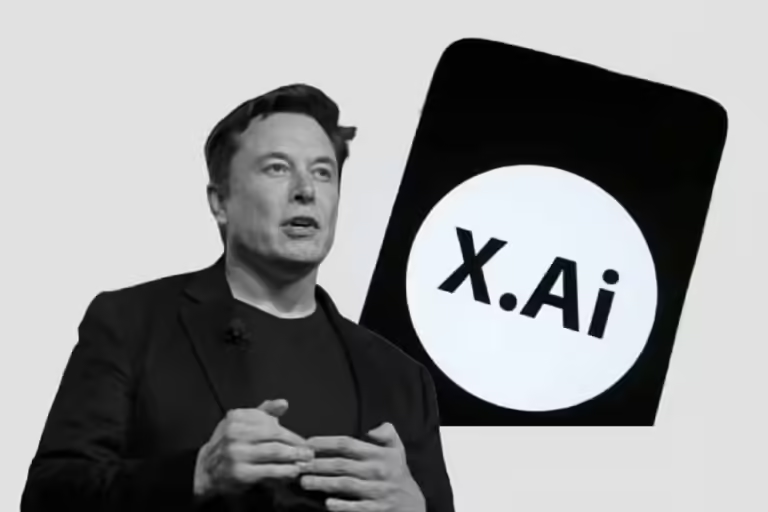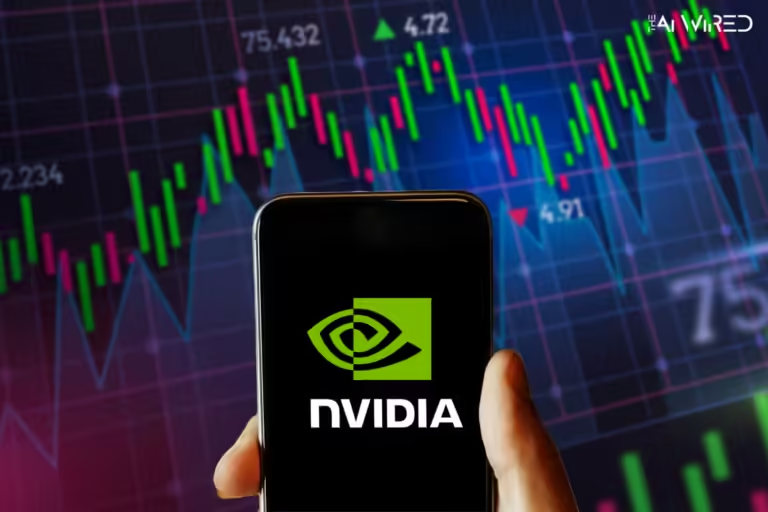
Nvidia CEO Jensen Huang Champions Test-Time Scaling as AI’s Future
Nvidia CEO Jensen Huang highlights test-time scaling, a game-changing AI technique powering OpenAI’s o1 model.
Nvidia which is undoubtedly the pioneer in AI tech reported that it earned a whopping $ 19 billion in net income in the last quarter alone. Nonetheless, despite good financials, investors do not get carried away by what will happen with AI model development and competition in the AI inference space going forward.
In a conference call on Wednesday, Nvidia’s CEO Jensen Huang discussed concerns in the industry regarding new approaches such as “test-time scaling,” a fundamental aspect of the OpenAI’s o1 model. This new approach enhances the existing capability of AI reasoning by providing models with additional time and computational resources for refining the answers if required, shortly after it has requested assistance. Pundits felt they needed to learn how Nvidia will shift as more AI labs adopt these techniques.
Huang was confident that Nvidia would storm into this change and called test-time scaling “one of the most exciting developments” in AI. He referred to it as a new scaling law that aligns well with the company’s long-term horizons at Nvidia.
This view is similar to what Microsoft CEO Satya Nadella said not long ago when he called test-time scaling a revolutionary way to improve AI models. Nvidia is well-equipped to handle the growing focus on inference, which is a big chance for the company, even though it faces more competition from startups that make AI inference chips, such as Groq and Cerebras.
Huang reassured investors that Nvidia will continue to lead AI pretraining tasks. He said that the industry will have to move toward inference as more people use AI models, even though pretraining is still getting better with more data and computing power.
Huang said, “Our hopes and dreams are that someday, the world does a ton of inference, and that’s when AI has truly succeeded.” Huang pointed out that Nvidia’s large size and dependability give it an edge over its competitors. He talked about how Nvidia’s CUDA platform and design help developers come up with new ideas faster and better.
Even though Nvidia is still optimistic, some doubters, such as partners at Andreessen Horowitz, say that the old ways of growing AI models aren’t working anymore. However, Huang disagreed with these claims and said that pretraining still leads to big changes. This was also said by Anthropic CEO Dario Amodei at the Cerebral Valley summit.
Huang said, “Foundation model pretraining scaling is still in place and going strong,” citing more evidence to support continued progress.
Nvidia’s Position in the Market
Despite emerging competition, Nvidia’s AI chips, used by giants like OpenAI, Google, and Meta, remain the backbone of AI development. Huang talked about how Nvidia is the world’s biggest AI inference platform, which shows that the company can support innovation on a large scale.
As AI changes with tools like test-time scaling, Nvidia’s focus on both pretraining and inference strengthens its position as a leader in the next big area of AI. With a stock rise of 18% in 2024, Nvidia is ready to take advantage of the growing needs of AI-driven businesses and maintain its leadership in the AI ecosystem as it grows.


